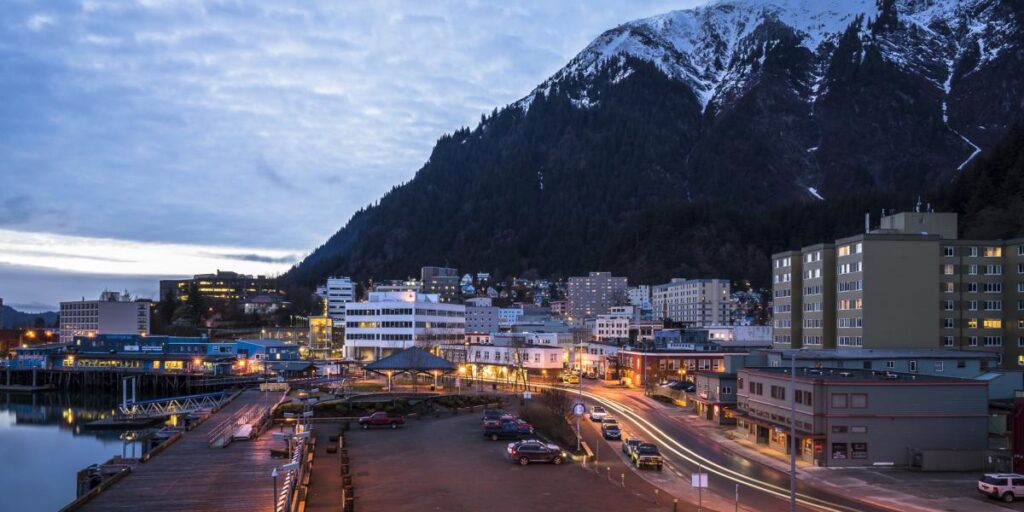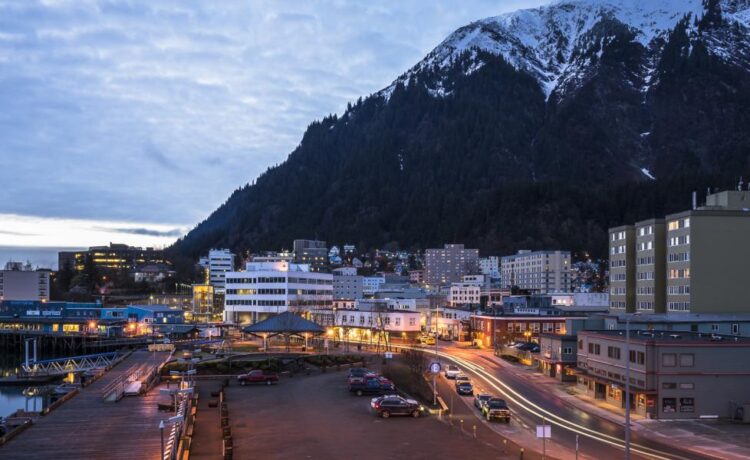
Anchorage, Alaska (AP) — Nearly $75 million in federal grant funds over the next five years will be aimed at helping Alaska Native communities as they grapple with the impacts of climate change.
The Alaska Native Tribal Health Consortium is receiving the grant as part of a program aimed at building resilience to extreme weather and environmental changes in U.S. coastal communities, the Anchorage Daily News reported. The program stems from a 2022 federal climate and health care law.
The National Oceanic and Atmospheric Administration will work with tribal governments as part of the effort. The funding was announced at a news conference Wednesday.
“The funding and partnerships not only acknowledges the state of our lands but acknowledges Alaska’s tribes as the rightful leaders in this space,” said Natasha Singh, the tribal health consortium’s interim leader.
According to a NOAA summary, the funding will “serve nearly 100 Alaska Native communities and focus on three major adaptation actions,” such as establishing programs for communities to assess their risks from climate change, sharing knowledge on adaptation strategies and providing more technical assistance.
“It really is our goal and our vision to (meet) where they’re at and help them, empower them to make decisions that will enable them to thrive into the future,” said Jackie Qataliña Schaeffer, who leads the tribal health consortium’s Climate Initiatives Program.
She said funding will support dozens of new full-time positions, some of which will be technical and subject matter experts added to consortium offices in Anchorage, with others in parts of rural Alaska affected by climate change.
NOAA Deputy Administrator Jainey Bavishi said the funding and new partnership “will fundamentally change the landscape of Alaska tribal climate change adaptation.”
Singh said people’s health and well-being are directly impacted by the effects of climate change. Coastal erosion and melting permafrost threaten buildings and infrastructure, for example, and access to traditional foods can be precarious. Expanded technical assistance and resources can help communities begin identifying and implementing solutions that work best for them, she said.
“Now the hard work begins, as we use this tribal self-governance model to allow tribes to lead us,” Singh said.












